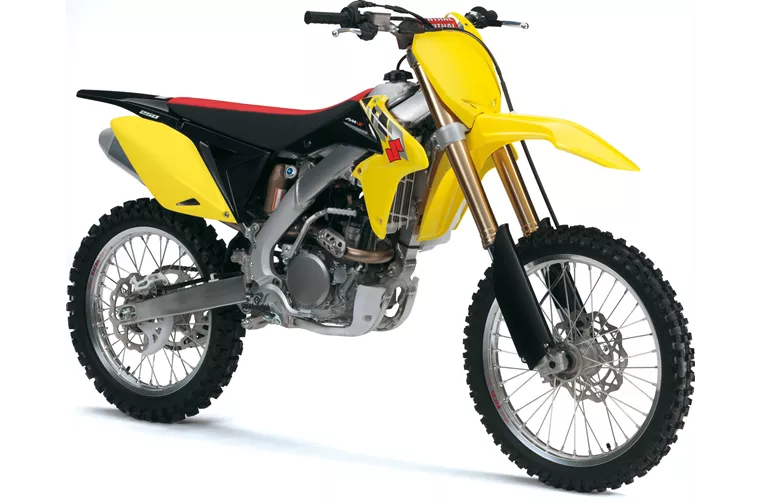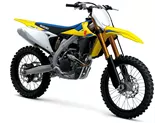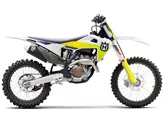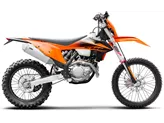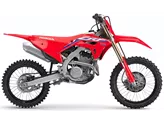Kawasaki KX250F 2017 vs. Suzuki RM-Z250 2018

Kawasaki KX250F 2017

Suzuki RM-Z250 2018
Overview - Kawasaki KX250F 2017 vs Suzuki RM-Z250 2018
The Kawasaki KX250F model year 2017 and the Suzuki RM-Z250 model year 2018 are both motocross bikes designed for off-road racing. While they share some similarities in terms of engine specifications and suspension, there are also notable differences between the two models.
Starting with the engine and drive train, both bikes have the same bore and stroke measurements of 77 mm and 53.6 mm respectively. They also have a similar displacement of 249cc and feature a 4-stroke, single-cylinder engine. However, there is a slight difference in the compression ratio, with the Kawasaki KX250F having a ratio of 13.7 compared to the Suzuki RM-Z250's ratio of 13.4.
In terms of suspension, both bikes feature upside-down telescopic forks in the front. This type of suspension provides better stability and control during off-road riding. Additionally, both bikes have an aluminum frame, which helps to reduce weight and improve handling. However, the Kawasaki KX250F has a perimeter frame design, while the Suzuki RM-Z250 has a twin-spar frame design. The twin-spar frame offers increased rigidity and stability, which can be advantageous in high-speed racing situations.

Kawasaki KX250F 2017
When it comes to dimensions and weights, both bikes have similar front tire widths of 80 mm and front tire diameters of 21 inches. However, the Suzuki RM-Z250 has a slightly wider rear tire width of 110 mm compared to the Kawasaki KX250F's 100 mm. Both bikes have the same rear tire diameter of 19 inches. The wheelbase and seat height are also identical, measuring at 1475 mm and 940 mm respectively. In terms of weight, the Kawasaki KX250F weighs 104.5 kg, while the Suzuki RM-Z250 weighs slightly more at 105 kg.
Moving on to the strengths of each bike, the Kawasaki KX250F 2017 has an app for fork settings, allowing riders to customize their suspension settings for optimal performance. It also boasts a torque motor, providing strong acceleration and power. The handling of the KX250F is praised by riders, as well as its launch control system, which helps with quick starts off the line. Additionally, the KX FI programming kit is available as an optional accessory, allowing riders to further fine-tune the bike's fuel injection system.

Suzuki RM-Z250 2018
On the other hand, the Suzuki RM-Z250 2018 is known for its engine performance, offering strong power and acceleration. The handling of the RM-Z250 is also highly regarded, providing riders with precise control and maneuverability. The design of the bike is aesthetically pleasing, and the transmission is smooth and reliable. Stability is another strength of the RM-Z250, allowing riders to maintain control even in challenging terrain. The chassis of the RM-Z250 is also well-built, contributing to its overall performance.
However, both bikes have their weaknesses as well. The Kawasaki KX250F 2017 has a weakness in its kickstarter, which may require additional effort to start the bike. On the other hand, the Suzuki RM-Z250 2018 has weaknesses in its brakes, which may not provide the same level of stopping power as desired. Additionally, the kickstarter on the RM-Z250 may also be a weak point.
In conclusion, both the Kawasaki KX250F 2017 and the Suzuki RM-Z250 2018 are competitive motocross bikes with their own strengths and weaknesses. While the Kawasaki offers features such as an app for fork settings and a KX FI programming kit, the Suzuki excels in engine performance, handling, design, transmission, stability, and chassis. Ultimately, the choice between the two models will depend on the rider's preferences and priorities in terms of performance and features.
Technical Specifications Kawasaki KX250F 2017 compared to Suzuki RM-Z250 2018
Pros and Cons in comparison
Pros and Cons in comparison
Kawasaki KX250F 2017

Easier to ride despite higher torque. One of, if not the best MX in the quarter litre class.
Suzuki RM-Z250 2018
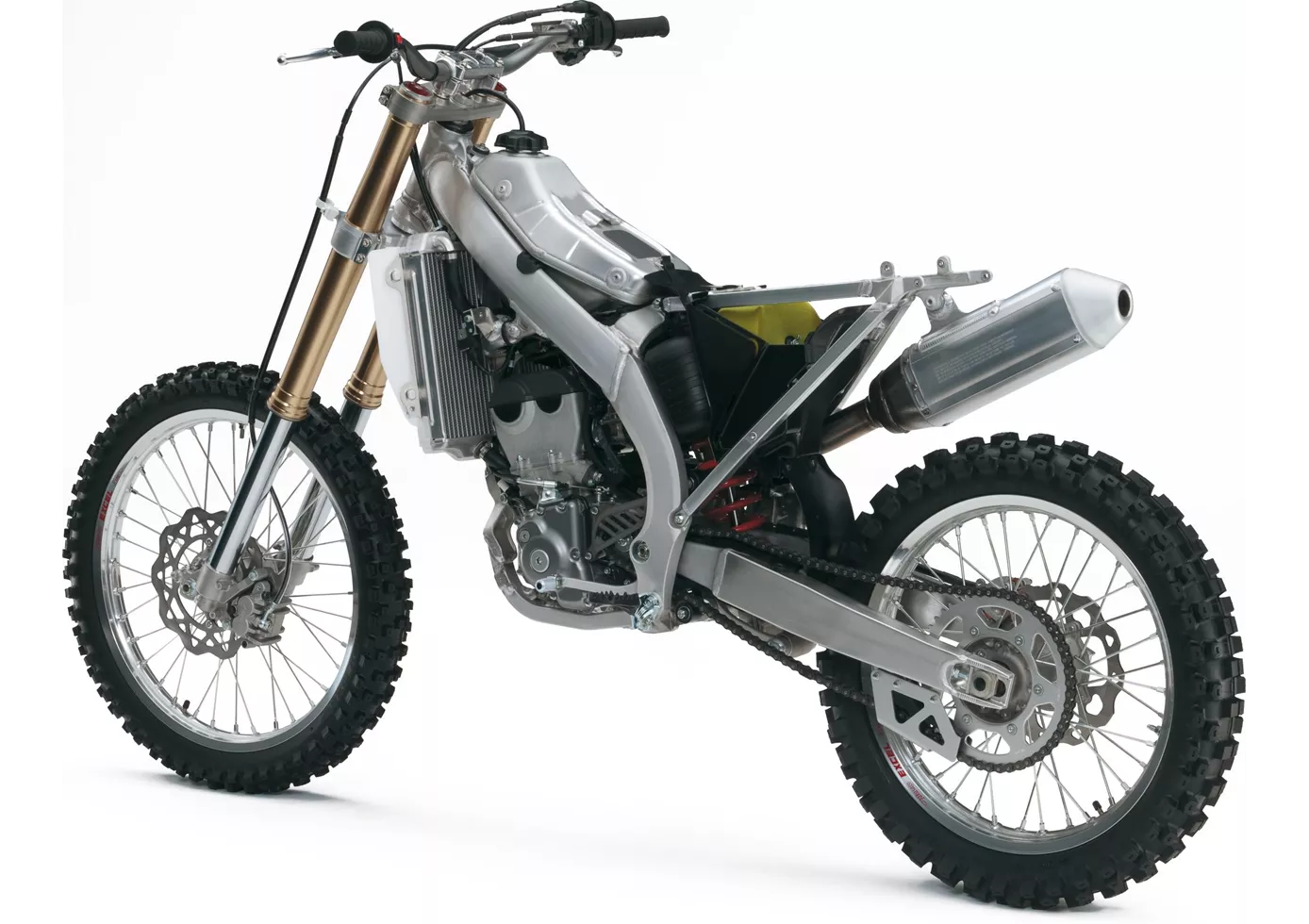
The concept behind the further development was "the winning balance" - RUN, TURN, STOP! RUN = higher engine power, TURN = improved cornering, STOP = better metered braking power. The new RM-Z 250 has improved in all areas. In summary, the 2019 Suzuki RM-Z 250 can be compared to its predecessor in very few, if any, areas. It is more powerful, more agile, more stable and visually more beautiful. The only thing that has remained the same is the sound. The "small" sounds like a "big" one! With the further development of both models, Suzuki has set an important milestone in their further development - bravo! For me personally, the RM-Z 250 is currently the best all-rounder among the MX bikes.
Price Comparison Avarage Market Price Kawasaki KX250F vs Suzuki RM-Z250
There are a few key differences between a Kawasaki KX250F 2017 and a Suzuki RM-Z250 2018. It takes less time to sell a Kawasaki KX250F with 64 days compared to 119 days for a Suzuki RM-Z250. Since model year 2009 1000PS.de editors have written 16 reviews for the Kawasaki KX250F and 7 reviews for the Suzuki RM-Z250 since model year 2009. The first review for the Kawasaki KX250F was published on 07/10/2005 and now has more than 9,900 views. This compares to more than 5,500 views for the first review on Suzuki RM-Z250 published on 05/08/2006.

